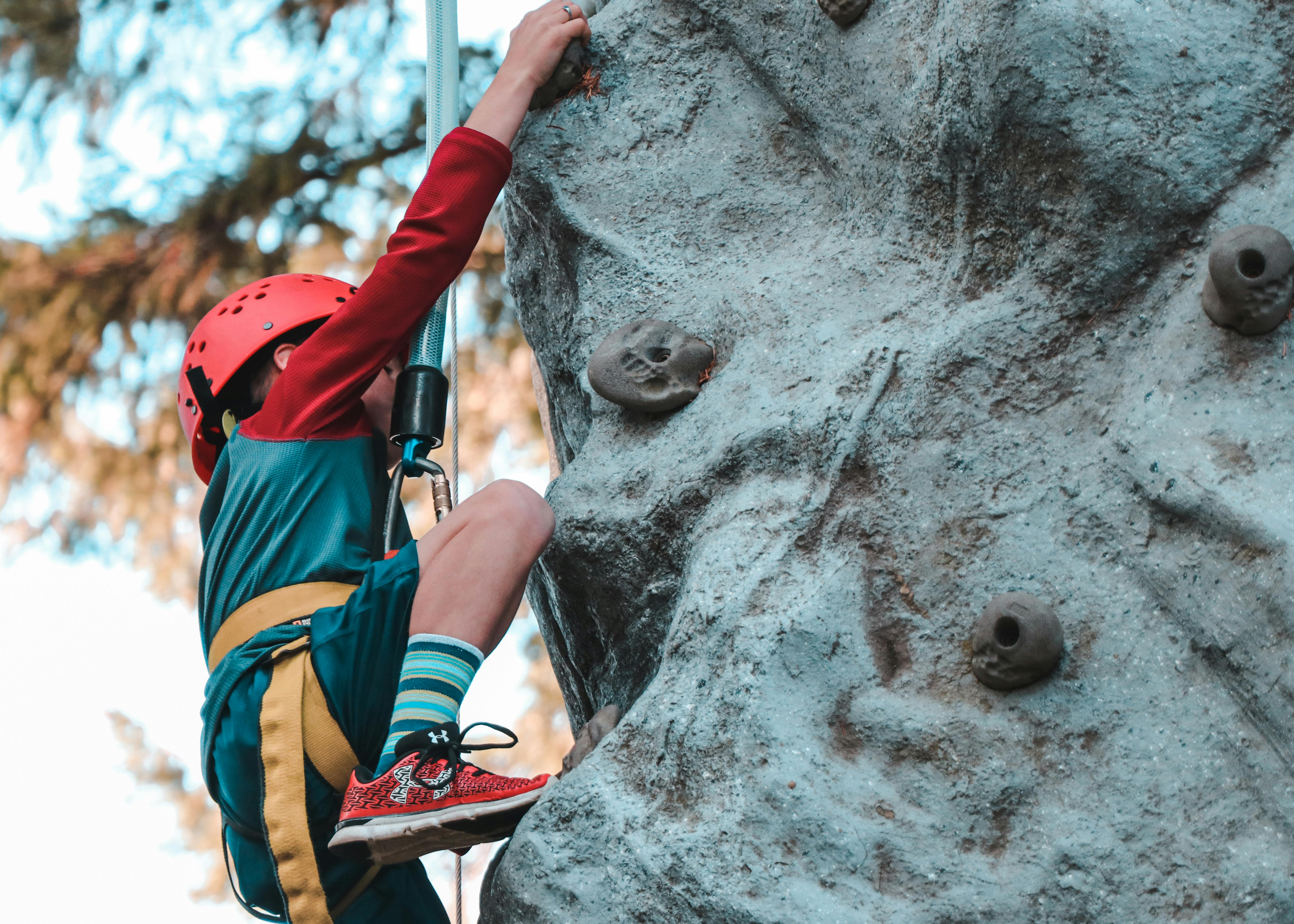Overcoming Gravity: An In-depth Analysis of Rock Climbing
Rock climbing, once a niche sport pursued by adventure seekers, has now gained mainstream recognition, featuring in the 2021 Tokyo Olympics. This article explores the fascinating world of rock climbing, its evolution, current trends, and the athletic prowess required to conquer gravity.

Historical Context and Key Developments
Rock climbing, as a recreational sport, traces its roots back to the late 19th century in Europe. It was initially an offshoot of mountaineering, where climbers sought to find the most challenging routes up rock faces.
The sport has seen significant evolution over the years. Traditional climbing, where climbers place their gear, gave way to sport climbing, where pre-placed bolts are used. Bouldering, a form of rock climbing that involves scaling small rock formations without ropes, also gained popularity.
In the late 20th century, indoor climbing gyms emerged, making the sport more accessible. These gyms act as training grounds for climbers, providing a controlled environment to learn and practice techniques.
Current Trends and Insights
The inclusion of rock climbing in the 2021 Tokyo Olympics has given it a global platform, sparking interest among a wider audience. Climbing competitions now feature three disciplines: speed climbing, bouldering, and lead climbing, each testing different aspects of an athlete’s abilities.
One trend worth noting is the rise of youth climbing. Young climbers are pushing boundaries and setting records, proving that age is not a limit in this sport.
Another trend is the growth of adaptive climbing, which welcomes individuals with disabilities. This inclusive approach is changing perceptions and proving that rock climbing is a sport for everyone.
The Athletic Prowess of Rock Climbing
Climbing is a physically demanding sport that tests strength, endurance, flexibility, and mental fortitude. It engages the entire body, from fingers gripping tiny holds to legs pushing upwards.
Climbers also need to solve ‘problems’—navigating routes that require a combination of specific movements. This mental aspect sets rock climbing apart from many other sports, as it demands a high level of problem-solving skills and mental resilience.
Benefits, Challenges, and Real-world Applications
Rock climbing offers numerous health benefits. It is a full-body workout that improves cardiovascular fitness, builds muscle strength, and enhances flexibility. It also boosts mental health by reducing stress and improving concentration.
Despite its benefits, climbing comes with its share of challenges. Risk of injury is inherent, and mastering climbing techniques takes time and practice. However, with appropriate training and safety measures, these risks can be mitigated.
Rock climbing’s real-world applications extend beyond the sport itself. It fosters resilience, problem-solving skills, and a sense of community. These qualities are transferable and beneficial in all aspects of life.
In conclusion, rock climbing has made a remarkable journey from remote mountain sides to the heart of the Olympic games. Its unique blend of physical and mental challenges continues to attract a growing number of enthusiasts. As we continue to delve deeper into this captivating sport, one thing is clear: rock climbing is more than a sport—it is a lifestyle, a community, and a testament to human tenacity.





